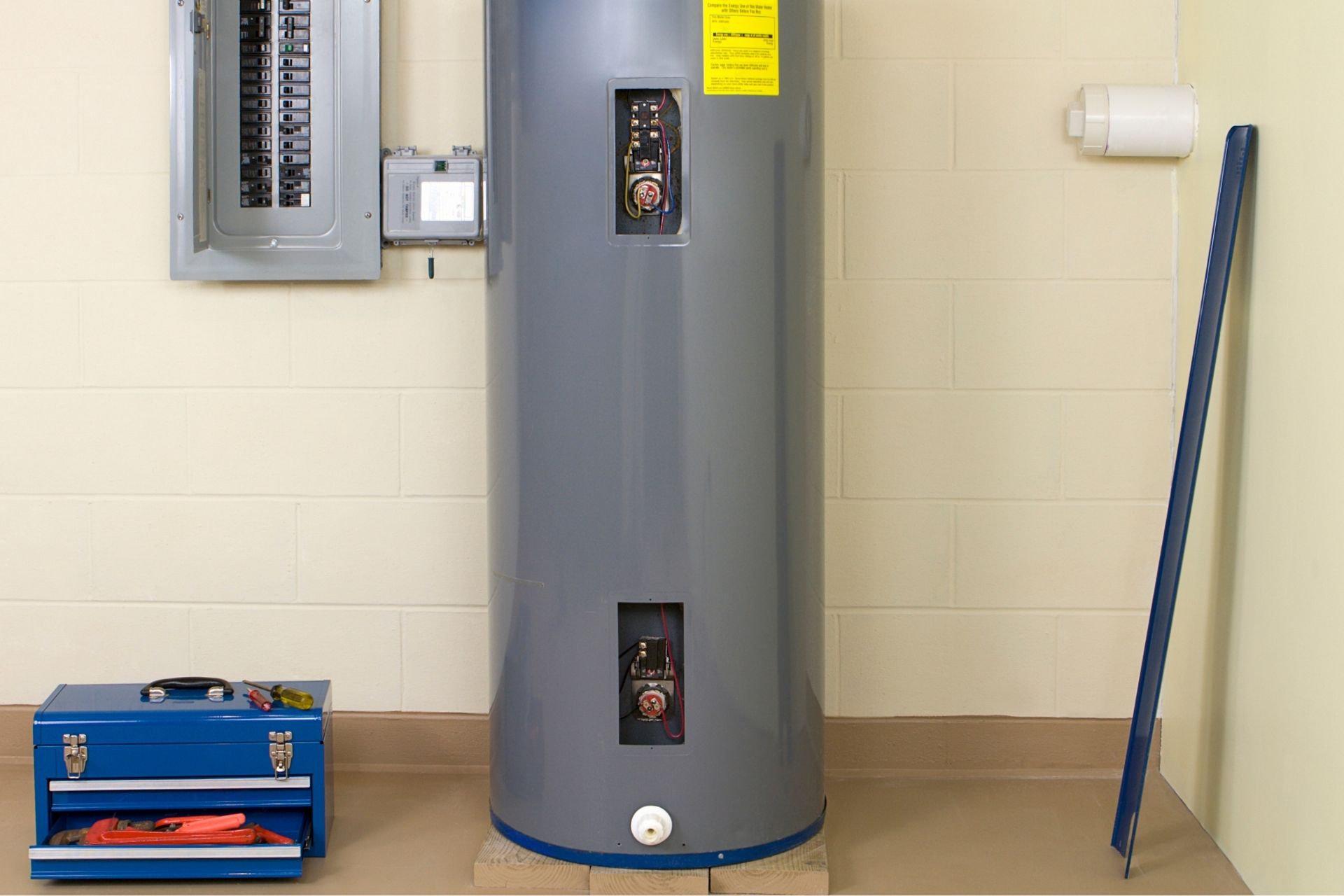Just how do you really feel when it comes to Water Heater Maintenance Tips You Can't Afford to Forget?

Warm water is necessary for daily convenience, whether it's for a rejuvenating shower or washing recipes. To ensure your hot water system runs effectively and lasts longer, normal maintenance is key. This post gives functional tips and insights on how to keep your home's hot water system to stay clear of interruptions and costly repair services.
Introduction
Keeping your home's hot water system could seem daunting, yet with a few straightforward steps, you can guarantee it runs smoothly for many years to find. This guide covers whatever from understanding your warm water system to do it yourself maintenance pointers and understanding when to call expert aid.
Significance of Keeping Your Hot Water System
Normal maintenance not only prolongs the life expectancy of your hot water system however additionally ensures it runs efficiently. Ignoring upkeep can result in lowered efficiency, higher power bills, and even early failure of the system.
Indications Your Warm Water System Demands Maintenance
Understanding when your warm water system requires attention can stop significant issues. Watch out for indicators such as inconsistent water temperature, weird noises from the heating unit, or rustic water.
Purging the Water Heater
Flushing your water heater gets rid of sediment accumulation, boosting efficiency and prolonging its life.
Checking and Changing Anode Rods
Anode poles prevent rust inside the storage tank. Evaluating and changing them when worn out is important.
Complicated Concerns Requiring Professional Aid
Instances consist of significant leakages, electrical problems, or if your water heater is constantly underperforming.
Regular Specialist Upkeep Benefits
Professional maintenance can include thorough evaluations, tune-ups, and guaranteeing compliance with security requirements.
Inspecting and Readjusting Temperature Level Setups
Adjusting the temperature level setups makes sure optimum efficiency and safety and security.
Do It Yourself Tips for Upkeep
You can execute numerous upkeep jobs on your own to maintain your warm water system in top condition.
Checking for Leakages
Regularly inspect pipes and links for leakages, as these can bring about water damages and greater expenses.
Comprehending Your Hot Water System
Before diving into maintenance tasks, it's handy to recognize the fundamental components of your warm water system. Normally, this consists of the water heater itself, pipes, anode rods, and temperature level controls.
Month-to-month Upkeep Tasks
Routine monthly checks can help capture small problems before they escalate.
Checking Stress Alleviation Valves
Checking the pressure relief valve guarantees it operates properly and avoids excessive stress build-up.
Protecting Pipes
Shielding warm water pipes reduces warmth loss and can conserve power.
When to Call a Specialist
While do it yourself maintenance is beneficial, some problems require specialist experience.
Final thought
Regular upkeep of your home's warm water system is important for efficiency, long life, and expense financial savings. By adhering to these suggestions and knowing when to seek specialist aid, you can make sure a dependable supply of warm water without unforeseen disruptions.
How to Maintain an Instant Hot Water Heater
Before tinkering with your hot water heater, make sure that it’s not powered on. You also have to turn off the main circuit breaker and shut off the main gas line to prevent accidents. Also turn off the water valves connected to your unit to prevent water from flowing into and out of the appliance. 2. When you’re done, you have to detach the purge valves’ caps. These look like the letter “T” and are situated on either side of the water valves. Doing so will release any pressure that has accumulated inside the valves while at the same time avoid hot water from shooting out and burning your skin. 3. When the purge valves’ caps are removed, you have to connect your hosing lines to the valves. Your unit should have come with three hoses but if it didn’t, you can purchase these things from any hardware or home repair shops. You can also get them from retail stores that sell water heating systems. Read the user’s manual and follow it to complete this task properly. When the hosing lines are connected, open the purge port’s valves. 4. You should never use harsh chemical cleaners or solutions when cleaning your unit. Make use of white vinegar instead. It should be undiluted and you’ll probably use about 2 gallons. 5. Now flush your water heater. This task should probably take about 40 minutes. We can’t give you specific directions for this because the procedure is carried out depending on the type, model and brand of your heater. With that being said, refer to the user’s manual. 6. When you’re done draining the unit, you have to turn off the purge port valves again. Remove the hosing lines that you earlier installed on each of the water valves. Put the valve caps (purge port) back in their respective places and be very careful so as not to damage the rubber discs that are found inside these caps. 7. Now that everything’s back in place, check your user’s manual again to find out how to reactivate your water heating system. 8. Once it is working, turn one of your hot water faucets on just to let air pass through the heater’s water supply pipes. Leave the tap on until water flows smoothly out of it. https://www.orrplumbing.com/blog/2014/september/how-to-maintain-an-instant-hot-water-heater/

I stumbled upon that blog post about Water Heater Maintenance Tips You Can't Afford to Forget when doing a search on the internet. Sharing is nice. You won't know, you may just be helping someone out. Thanks for taking the time to read it.
Free Estimate